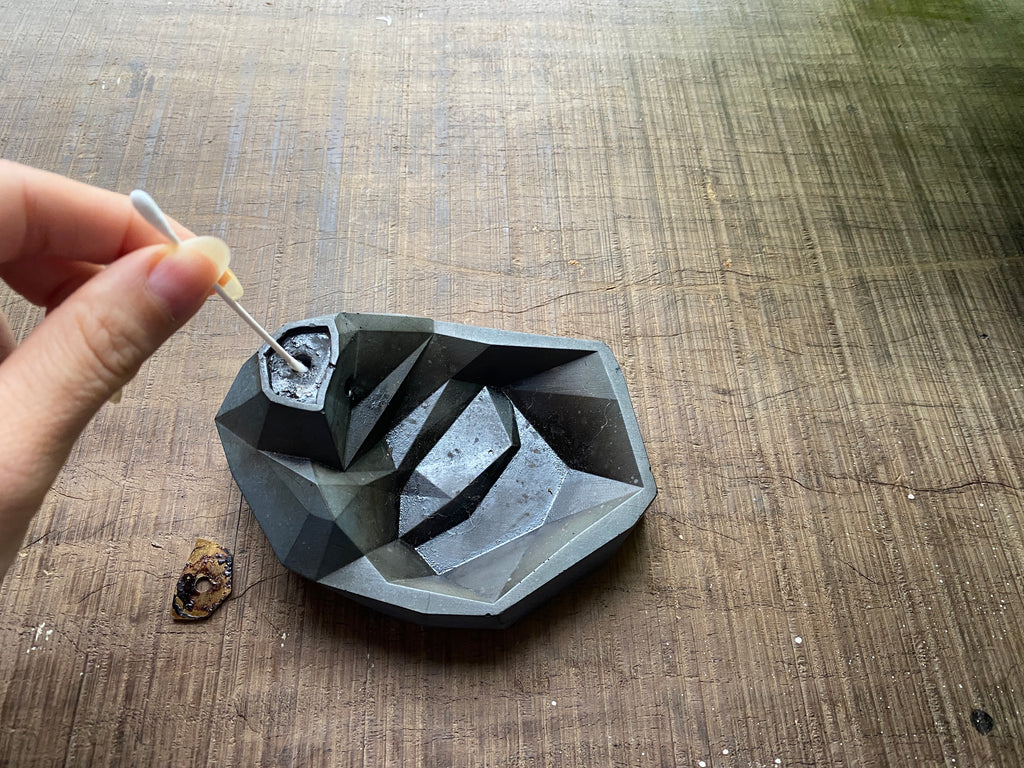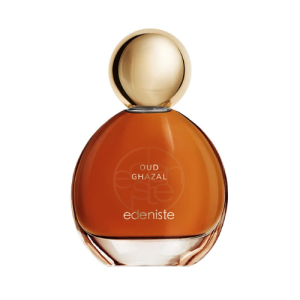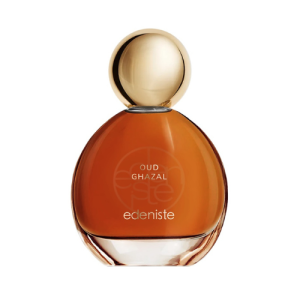Don't miss our holiday offer - up to 50% OFF!
Ultimate Guide to Cleaning Your Backflow Incense Burner Effectively
Revive your backflow incense burner with our ultimate cleaning guide! Learn easy, effective methods to remove oily residue and keep your incense waterfall pristine. Perfect for a mesmerizing, smoke-filled ambiance!
Revive Your Backflow Incense Burner: The Ultimate Cleaning Guide
Backflow incense burners, also known as incense waterfalls or fountains, are a beautiful addition to any space. They create a calming, mesmerizing cascade of smoke. However, after a few uses, you might notice a sticky, oily residue left behind by the incense cones. If you’re wondering how to clean your backflow incense burner effectively, you’re in the right place. This guide will walk you through the easiest and most efficient methods to keep your burner looking pristine and functioning perfectly.

Why Does My Backflow Incense Burner Get Oily?
Before diving into the cleaning process, it’s important to understand why this residue forms. The oily or resinous buildup is a natural byproduct of burning incense cones. Here’s the science behind it:
Plant Oils at Work
Incense cones are made from plant materials like wood, leaves, and flowers, all of which contain natural oils. These oils give incense its delightful fragrance. When the cone burns, the oils are released and can accumulate on your burner.
Why Cones Leave More Residue
Compared to incense sticks, cones are denser and heavier, often weighing 3-5 times more. This means they release a larger amount of oil, which becomes more noticeable as residue.
Think of it like cooking with olive oil—while a little oil enhances the flavor, too much can leave a greasy mess. Similarly, the oils in incense cones are beneficial for aroma but require regular cleaning to prevent buildup.
Do I Really Need to Clean My Incense Burner?
Absolutely! Neglecting to clean your backflow incense burner can lead to two main issues:
Blocked Airflow
Residue can clog the holes where smoke flows, disrupting the mesmerizing waterfall effect.
Inefficient Burning
A dirty burner can prevent incense cones from burning completely, wasting your incense and reducing its aromatic benefits.
Regular cleaning ensures your burner stays functional and visually stunning. Plus, it’s a simple process that takes just a few minutes!
Step-by-Step Guide to Cleaning Your Backflow Incense Burner
Step 1: Safely Remove Incense Ash
Before tackling the oily residue, you’ll need to dispose of the ash from the burned incense cone. Here’s how to do it without making a mess:
- Wait for Cooling: Let the burner cool for a few minutes after use. Gently tap the parts you’ll handle to ensure they’re safe to touch.
- Tilt and Dispose: Place a small trash can or plate next to the burner. Tilt the burner in one quick motion to let the ash fall into the container.
Pro Tip: Avoid using a vacuum, as it can scatter the ash and create more cleanup work.
Step 2: Clean the Oily Residue
Now that the ash is gone, it’s time to tackle the oily buildup. Here’s our favorite method, which is quick, effective, and gentle on your burner:
- Timing is Key: Wait until the burner is slightly warm but not hot. The residue should still be slightly runny, making it easier to clean.
- Target the Problem Areas: Use a wet cotton bud to clean around the area where the incense cone sits. Pay special attention to the holes, as clogged holes can disrupt the smoke flow.
- Wipe Down the Burner: Use a damp cloth or wet wipe to clean the rest of the burner. Apply firm but gentle pressure to remove stubborn residue.
- Optional Deep Clean: If the burner’s metal parts are detachable, you can wash them with warm water and dish detergent. Use a soft brush for thorough cleaning.
- Air Dry: Let the burner air dry completely before using it again.
Step 3: Enjoy the Results
After cleaning, your burner should look almost as good as new. However, don’t stress if it’s not spotless—a little patina from the oils can add character and charm. Light up another incense cone and enjoy the renewed waterfall effect!
Alternative Cleaning Methods (Use with Caution)
If the above method doesn’t fully remove the residue, you can try these alternatives. However, proceed with caution, as they may not be suitable for all materials.
Method 1: Rubbing Alcohol
Alcohol is excellent for dissolving oil but can damage certain surfaces. Here’s how to use it safely:
- Patch Test: Apply a small amount of 70% isopropyl alcohol to an inconspicuous area. Wait for it to dry and check for damage.
- Clean Gently: If there’s no damage, use a cloth dampened with alcohol to wipe away stubborn residue.
- Air Dry: Let the burner dry completely before reuse.
Method 2: Warm Water and Dish Detergent
This method is effective but may not be suitable for all materials, especially if your burner contains glue or delicate components.
- Mix and Test: Combine warm water with a small amount of dish detergent. Test on a hidden area to ensure it doesn’t cause damage.
- Scrub Gently: Use a soft cloth or sponge to clean the burner. Avoid abrasive tools that could scratch the surface.
- Rinse and Dry: Wipe away the soap with a clean, damp cloth and let the burner air dry.
Final Thoughts: Keep Your Burner in Top Shape
Cleaning your backflow incense burner is a simple yet essential task that ensures it continues to function beautifully and last for years. Whether you stick to the basic method or try the alternatives, regular maintenance will keep your burner looking and performing its best.
Ready to enjoy a clean, mesmerizing incense experience? Grab your burner, follow these steps, and let the soothing smoke flow once again. If you have any questions or tips of your own, share them in the comments below—we’d love to hear from you!
Internal Links:
– How to Burn Incense Cones Like a Pro
– The Benefits of Using Backflow Incense Burners
Image Reference: Imagine a serene backflow incense burner, its smoke cascading like a waterfall, surrounded by a clean, polished surface free of residue.



